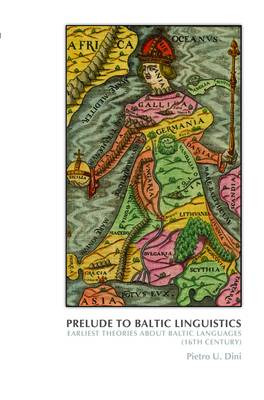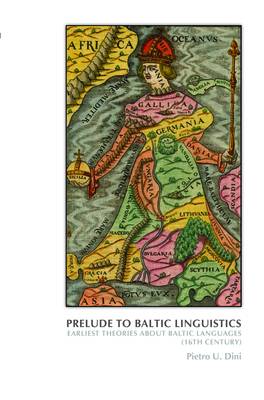
- Afhalen na 1 uur in een winkel met voorraad
- Gratis thuislevering in België vanaf € 30
- Ruim aanbod met 7 miljoen producten
- Afhalen na 1 uur in een winkel met voorraad
- Gratis thuislevering in België vanaf € 30
- Ruim aanbod met 7 miljoen producten
Zoeken
Omschrijving
This book is a study of the relatively unknown field of Baltic linguistic historiography associated with the 16th century. This has been the saeculum mirabile of Baltic philology, not only on account of the first books having appeared during that period, but also due to the diverse linguistic ideas about the Baltic languages which were circulating during Renaissance Palaeocomparativism: the Slavic and the closely connected Illyrian theory, the Latin theory (with its variants: the semi-Latin, the neo-Latin, and the Wallachian), also the Quadripartite theory. Minor but significant linguistic ideas are also discussed here, for example the emergence of a Hebrew theory and the Greek theory about Old Prussian. The synoptic juxtaposition of the different ideas shows very well the state of knowledge in Europe about the languages which later would be called 'Baltic' and the modernity of those ideas within European Renaissance linguistic debate leading to the rise of comparative linguistic genealogy.
Specificaties
Betrokkenen
- Auteur(s):
- Uitgeverij:
Inhoud
- Aantal bladzijden:
- 172
- Taal:
- Engels
- Reeks:
- Reeksnummer:
- nr. 36
Eigenschappen
- Productcode (EAN):
- 9789042037984
- Verschijningsdatum:
- 1/01/2014
- Uitvoering:
- Paperback
- Formaat:
- Trade paperback (VS)
- Afmetingen:
- 152 mm x 229 mm
- Gewicht:
- 235 g

Alleen bij Standaard Boekhandel
+ 158 punten op je klantenkaart van Standaard Boekhandel
Beoordelingen
We publiceren alleen reviews die voldoen aan de voorwaarden voor reviews. Bekijk onze voorwaarden voor reviews.








